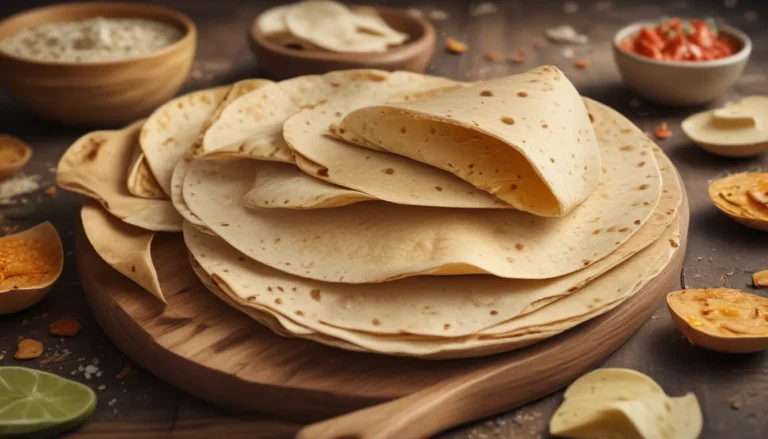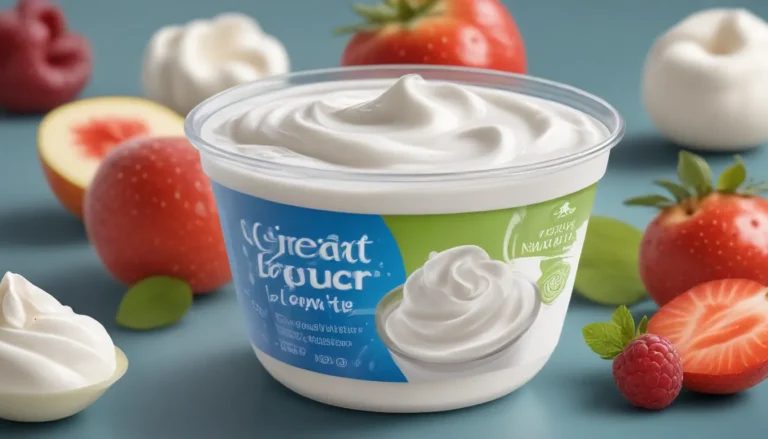The pictures in our articles might not always show exactly what the text is talking about. We use these images to make the article more interesting and eye-catching. They are there to add to the text, but not to replace it or show every detail.
Are you a devoted fan of Hawaiian pizza, or are you simply curious about its nutritional value? Hawaiian pizza has sparked debates among pizza enthusiasts for years, with its controversial combination of ham, pineapple, and cheese. Love it or hate it, the popularity of Hawaiian pizza cannot be denied. In this article, we will delve into the world of Hawaiian pizza and uncover its nutritional facts. From calorie counts to macronutrient profiles and potential health benefits, we will explore all aspects of indulging in this unique pizza variation.
Understanding Hawaiian Pizza Nutrition
Hawaiian pizza offers a mix of nutrients that can be a part of a balanced diet. Let's break down the key takeaways to help you make an informed decision about including Hawaiian pizza in your meals:
- Hawaiian pizza provides a good amount of protein, fiber, and essential nutrients like vitamin C and calcium. Enjoy it in moderation for a tasty and nutritious treat.
- With around 250-350 calories per slice, Hawaiian pizza offers a mix of carbs, fats, and vitamins. Remember to savor it in moderation for a delicious and balanced meal.
Exploring Hawaiian Pizza Nutrition Facts
Calories
Hawaiian pizza typically contains around 250-350 calories per slice, depending on the size and thickness of the crust.
Protein
A single slice of Hawaiian pizza provides approximately 12-15 grams of protein, essential for muscle repair and growth.
Carbohydrates
Hawaiian pizza contains about 30-40 grams of carbohydrates per slice, primarily from the dough and pineapple toppings.
Fat
Each slice of Hawaiian pizza has about 10-15 grams of fat, including saturated and unsaturated fats.
Fiber
Due to the presence of pineapple, Hawaiian pizza offers a small amount of dietary fiber, ranging from 1-3 grams per slice.
Sodium
Hawaiian pizza tends to be higher in sodium content due to the ham toppings, providing around 500-700 milligrams per slice.
Calcium
With the addition of cheese, Hawaiian pizza offers a decent amount of calcium, contributing approximately 100-150 milligrams per slice.
Vitamins and Minerals
- Vitamin C: Pineapple, a key ingredient in Hawaiian pizza, is a good source of vitamin C, providing about 20-30% of the recommended daily intake per slice.
- Iron: Depending on the amount of ham used, Hawaiian pizza provides around 1-2 milligrams of iron per slice.
- Vitamin B12: Hawaiian pizza with ham can be a good source of vitamin B12, supplying approximately 0.5-1 micrograms per slice.
- Potassium: Pineapple and ham contribute to a small amount of potassium, averaging 150-200 milligrams per slice.
- Vitamin A: With the presence of ham, Hawaiian pizza provides about 5-8% of the recommended daily intake of vitamin A per slice.
- Vitamin K: Some variations of Hawaiian pizza include spinach or arugula, adding around 10-15 micrograms of vitamin K per slice.
Sugars and Cholesterol
- Sugars: The natural sugar content in pineapple adds sweetness to Hawaiian pizza, contributing around 5-8 grams of sugar per slice.
- Cholesterol: Hawaiian pizza typically contains around 30-50 milligrams of cholesterol per slice, mainly from the ham and cheese.
Enjoying Hawaiian Pizza in Moderation
In conclusion, while Hawaiian pizza may not be the healthiest option due to its calorie and fat content, it can still be enjoyed in moderation as part of a balanced diet. The ham provides protein, while pineapple adds a unique taste. By being mindful of portion sizes and opting for a thinner crust, you can enjoy a slice or two of Hawaiian pizza guilt-free.
FAQs About Hawaiian Pizza
-
How many calories are in a slice of Hawaiian pizza?
A typical slice of Hawaiian pizza contains approximately 290-350 calories, depending on the size and thickness of the slice. -
Is Hawaiian pizza high in fat?
Hawaiian pizza tends to be slightly higher in fat due to ham and cheese, but it can still fit into a balanced diet when consumed in moderation. -
Is pineapple a healthy topping for pizza?
Pineapple is a good source of vitamins and minerals, including vitamin C and manganese, and contains an enzyme called bromelain with anti-inflammatory properties. -
Can I make a healthier version of Hawaiian pizza?
Yes! Opt for a thin whole wheat crust, leaner ham or turkey, and less cheese to reduce calories and fat. -
Is Hawaiian pizza suitable for vegetarians?
Traditional Hawaiian pizza includes ham but can easily be made vegetarian by omitting the ham and adding veggies like peppers, onions, and mushrooms.
Craving more mouthwatering Hawaiian pizza facts? Dive into the world of Hawaiian pizza variations and explore Domino's Hawaiian pizza nutrition. From juicy pineapple to savory ham, each slice offers a delightful balance of sweet and salty flavors. Whether you're a die-hard fan or a curious newcomer, understanding Hawaiian pizza's nutritional profile may change your perspective on this beloved dish.
Our commitment to delivering trustworthy and engaging content is at the heart of what we do. Each fact on our site is contributed by real users like you, bringing diverse insights and information. Trust in our commitment to quality and authenticity as you explore and learn with us.






